The Statue of Liberty, an iconic symbol of freedom, stands proudly on Liberty Island at the entrance to New York Harbor in the United States. This colossal statue is made of thin copper sheets, carefully shaped over a sturdy steel framework. It was a remarkable gift from France, given on the occasion of the United States’ centennial celebration in 1876.
Statue of Liberty Facts and History
Sculptor Frédéric Bartholdi, in collaboration with engineer Gustave Eiffel, crafted this masterpiece, which was considered a remarkable fusion of art and engineering, marking one of the most significant technical achievements of the 19th century. Perched atop its grand pedestal, designed by American architect Richard Morris Hunt, the Statue of Liberty has been a symbol of welcome for countless immigrants since its dedication in 1886.
This magnificent statue represents Libertas, the Roman goddess of liberty. In her right hand, she proudly holds a torch aloft, while her left hand carries a tabula ansata inscribed with the date JULY IV MDCCLXXVI (July 4, 1776 in Roman numerals) to commemorate the signing of the U.S. Declaration of Independence. At her feet lie a broken chain and shackle, symbolizing the abolition of slavery in the United States following the American Civil War.
Following its dedication, the Statue of Liberty swiftly became an enduring icon of freedom and of the United States itself. It stands as a powerful symbol of hope and welcome, particularly for those arriving in the United States by sea, and serves as a reminder of the nation’s commitment to liberty and equality.
Statue of Liberty History
The history of the Statue of Liberty is a fascinating tale of international cooperation, symbolism, and the enduring values of freedom and democracy. Here’s an overview of the statue’s history:
1. Concept and Design: The idea for the Statue of Liberty was conceived by French historian Édouard René de Laboulaye. He proposed the idea of a gift to the United States to commemorate the nation’s centennial and symbolize the enduring friendship between France and the United States. French sculptor Frédéric Auguste Bartholdi was chosen to design the statue. Bartholdi’s concept was of a colossal female figure representing Liberty, enlightening the world.
2. Fundraising: Fundraising efforts for the statue were launched in France and the United States. The French government contributed the statue’s copper exterior, while the pedestal and base were funded through donations from the American public.
3. Construction: Bartholdi began work on the statue in France in 1875. The statue’s framework, designed by engineer Gustave Eiffel (of Eiffel Tower fame), consisted of iron and steel. The statue’s copper skin was created using repoussé, a technique for shaping and molding metal. It was assembled in sections.
4. Transport and Assembly: In 1885, the disassembled statue arrived in New York Harbor in 214 crates. The pedestal was constructed on Bedloe’s Island (now Liberty Island), and the statue was reassembled atop it.
5. Dedication: The Statue of Liberty was officially dedicated on October 28, 1886, in a ceremony attended by President Grover Cleveland. It marked the centennial of the United States’ declaration of independence in 1776.
6. Symbolism: The statue symbolizes freedom and democracy. The torch held in the statue’s right hand represents enlightenment, while the tablet in her left hand bears the date of the American Declaration of Independence (July 4, 1776). The statue’s crown features seven rays, representing the seven continents and seven seas, and the broken chains at her feet symbolize freedom from oppression.
7. Role as a Beacon: The Statue of Liberty has long served as a beacon of hope and a symbol of welcome for immigrants coming to the United States. Nearby Ellis Island was the primary immigration processing center from 1892 to 1954.
8. Restoration: In the 1980s, the statue underwent a major restoration project to repair damage caused by weathering and age. The original torch, which had been replaced in the 1980s, was moved to a museum inside the pedestal, and a new torch replica was installed.
9. UNESCO World Heritage: In 1984, both the Statue of Liberty and nearby Ellis Island were jointly designated as UNESCO World Heritage Sites in recognition of their cultural and historical significance.
10. Ongoing Symbolism: The Statue of Liberty remains a powerful symbol of freedom, democracy, and the enduring values of the United States. It continues to welcome visitors from around the world and stands as a testament to the ideals of liberty and justice for all.
The Statue of Liberty stands not only as a symbol of Franco-American friendship but also as a universal symbol of hope and liberty, reminding people of the ideals that the United States was founded upon.
Facts about the Statue of Liberty for Kids
Here are some fun and interesting facts about the Statue of Liberty that kids might enjoy:
11. Nickname: The Statue of Liberty is often called “Lady Liberty” by people in the United States.
12. Gift from France: The statue was a gift from the people of France to the United States to celebrate America’s 100th birthday and to show friendship between the two countries.
13. Designer: A French artist named Frédéric Auguste Bartholdi designed the statue. He used his mother as a model for the statue’s face.
14. Materials: The statue’s outside is made of copper, but the framework inside is made of iron. It’s like a big metal puzzle!
15. Height: The Statue of Liberty is about 151 feet (46 meters) tall from the base to the tip of the torch. That’s as tall as a 15-story building!
16. Crown: The statue’s crown has seven points on it, representing the seven continents and seven seas.
17. Tablet: In one hand, the statue holds a big tablet with the date “July IV MDCCLXXVI” written on it. That’s the date of America’s Declaration of Independence.
18. Torch: The torch in the statue’s other hand represents enlightenment and knowledge. It used to have real flames, but now it has electric lights.
19. Broken Chains: The chains at the statue’s feet are broken, symbolizing freedom from oppression and tyranny.
20. Pedestal: The statue stands on a big pedestal. You can go inside the pedestal and visit a museum to learn more about the statue’s history.
21. Island Home: The statue is on Liberty Island in New York Harbor. Before it was called Liberty Island, it was known as Bedloe’s Island.
22. Color Change: When the statue was first built, it was shiny copper. But over the years, it turned green because of a chemical reaction called oxidation.
23. Dedication Day: The Statue of Liberty was officially dedicated on October 28, 1886, in a big celebration with parades and fireworks.
24. Gift Shop: You can buy mini-statues and souvenirs of the Statue of Liberty at the gift shop on Liberty Island.
25. Statue of Liberty Poem: The poem “The New Colossus” by Emma Lazarus, which was written in 1883, is written on a plaque near the pedestal’s entrance. It says that the song was written to help raise money for the pedestal.
Not like the brazen giant of Greek fame,
With conquering limbs astride from land to land,
Here at our sea-washed, sunset gates shall stand.
A mighty woman with a torch, whose flame
Is the imprisoned lightning, and her name
Mother of Exiles frame her beacon-hand
Glows world-wide welcome; her mild eyes command
The air-bridged harbor that twin cities frame.
“Keep, ancient lands, your storied pomp!” cries she
With silent lips. “Give me your tired, your poor,
Your huddled masses yearn to breathe free,
The wretched refuse of your teeming shore
Send these, the homeless, tempest-tost to me.
I lift my lamp beside the golden door!”
The Statue of Liberty continues to serve as a powerful symbol of hope, liberty, and the enduring values of the United States. It remains a must-visit landmark for tourists and a cherished icon for Americans.
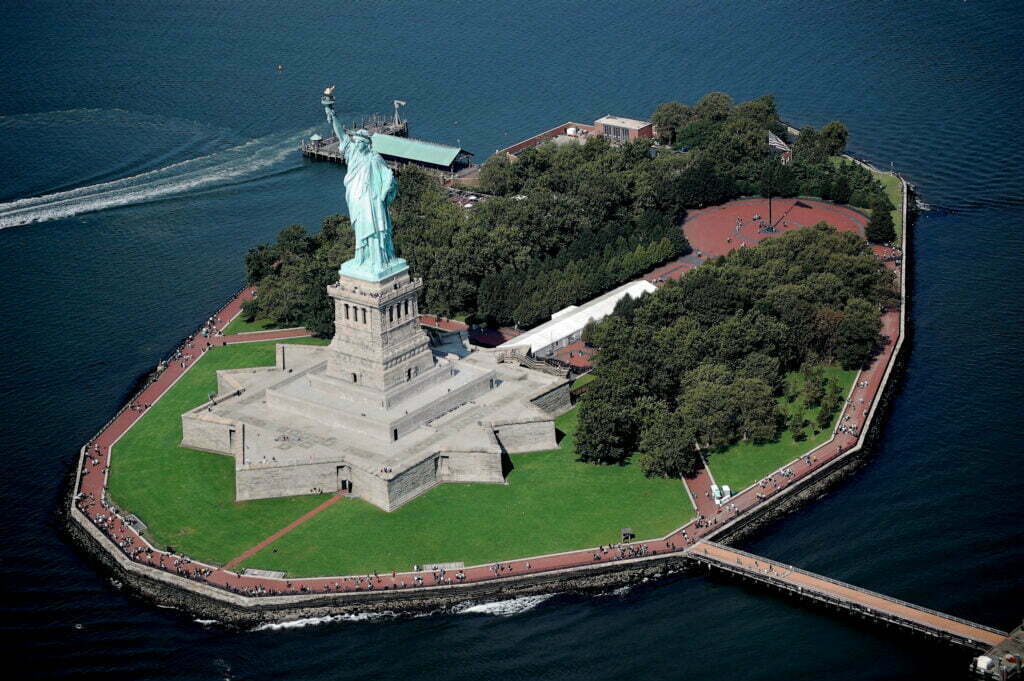
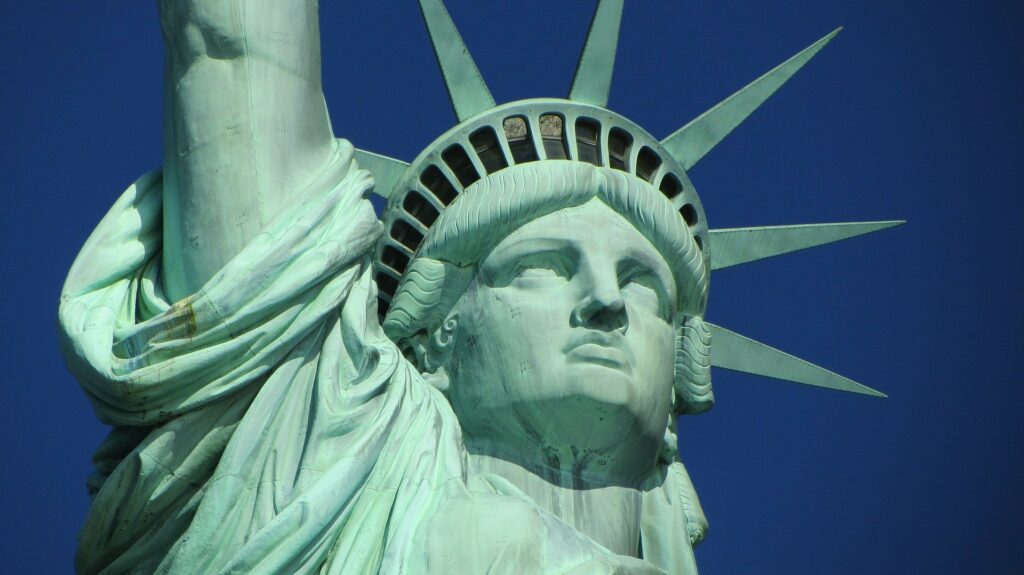
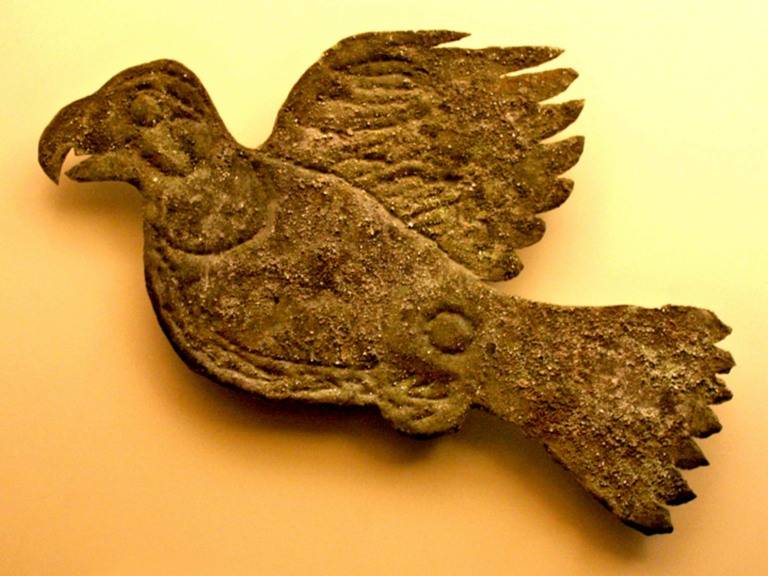
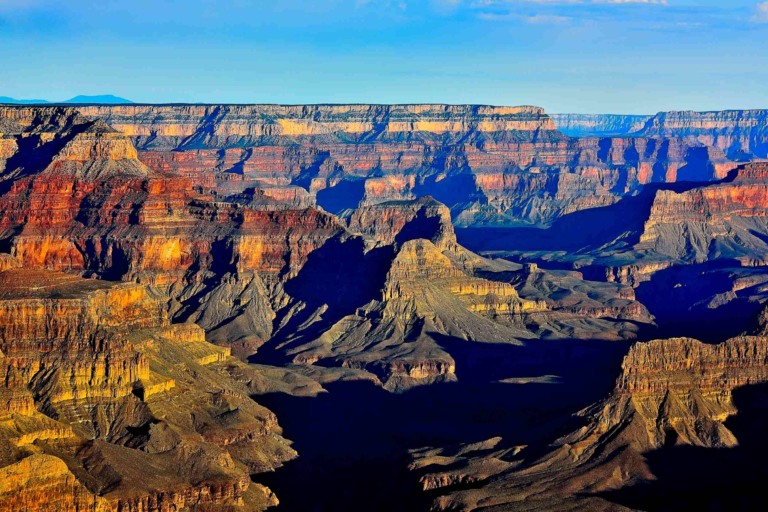




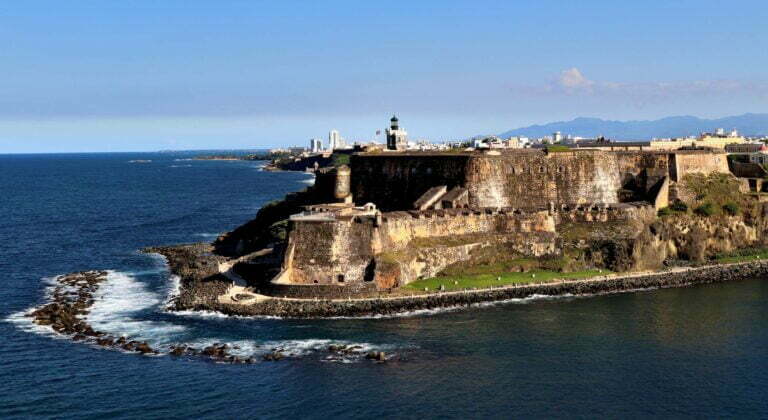

Statue of liberty facts. Tour of statue of liberty. Statue of liberty location. Statue of liberty history. Statue of liberty height. Statue of liberty poem.